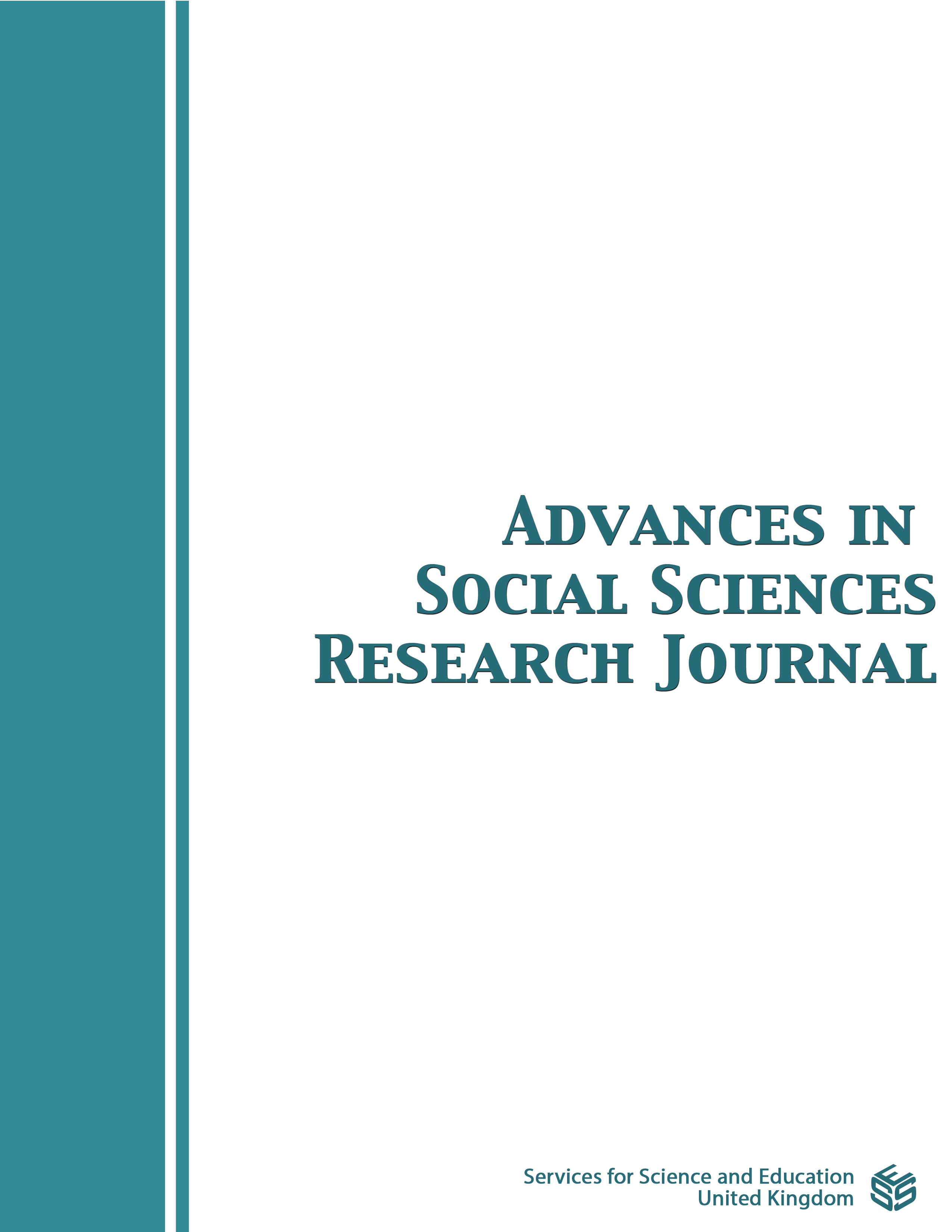A Reflection on Teaching Practices in Middle Schools in Disadvantaged Areas - With a Focus on the Level of the Cohort Compared to That of the Single Class
DOI:
https://doi.org/10.14738/assrj.94.12157Keywords:
disadvantaged areas; middle school; academic delay; linguistic skills assessment; fluid intelligence.Abstract
This article addresses the question of the adaptation in a teacher's pedagogical practices of sixth-grade pupils in priority education zones. This research approach, within the framework of a research intervention program, sought to verify the correlation between pupils’ cognitive, language skills, and their ability to benefit from different philosophical teaching practices. Two types of measures are deployed in relation to sixth-grade pupils. Two standardized tests (language: linguistic/comprehension - EVAC and ECL-2 tests - measure of global fluid intelligence - Raven's matrix test) evaluate the scores. This assessment is cross-referenced with the measurement of the pupils’ academic skills in language and mathematics assigned by teachers. Our results are based on a full sample of 124 pupils in seven classes, sometimes reduced to 90 pupils by removing pupils from linguistic minorities. The results indicate, by comparing two samples, significant differences in the levels of the pupils in priority education zones compared to standard scores: a minimum gap of 20 percentiles is noted for each subtest, which implies a form of delay in the academic performance of the pupils in priority education zones. Compared to the general average of French sixth-grade pupils, a lack of lexical skills is particularly apparent, indicating a form of abandonment. A differentiation is apparent between the different classes tested. Therefore, the scale of the class or schooling context must therefore be distinguished and studied separately. We discuss the desirability of identifying more precise pupil profiles, to enable teachers to move beyond an overly global view of the class.
Downloads
Published
How to Cite
Issue
Section
License
Copyright (c) 2022 Emmanuèle Auriac-Slusarczyk, Hélène Maire, Inès Barroche, Lison Haptel, Tiphaine Hudry-Critoux, Bernard Slusarczyk

This work is licensed under a Creative Commons Attribution 4.0 International License.
Authors wishing to include figures, tables, or text passages that have already been published elsewhere are required to obtain permission from the copyright owner(s) for both the print and online format and to include evidence that such permission has been granted when submitting their papers. Any material received without such evidence will be assumed to originate from the authors.






